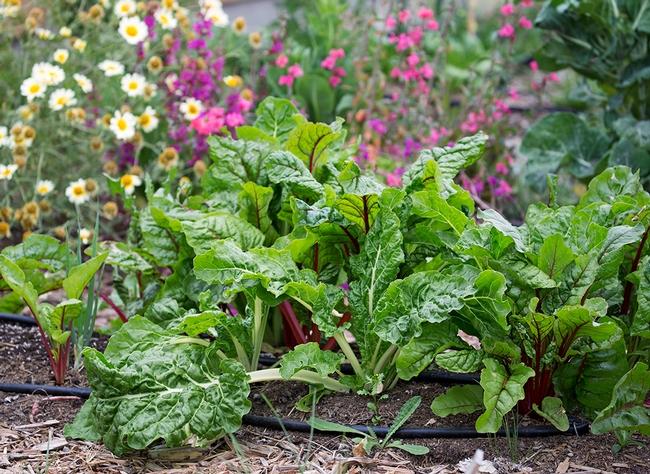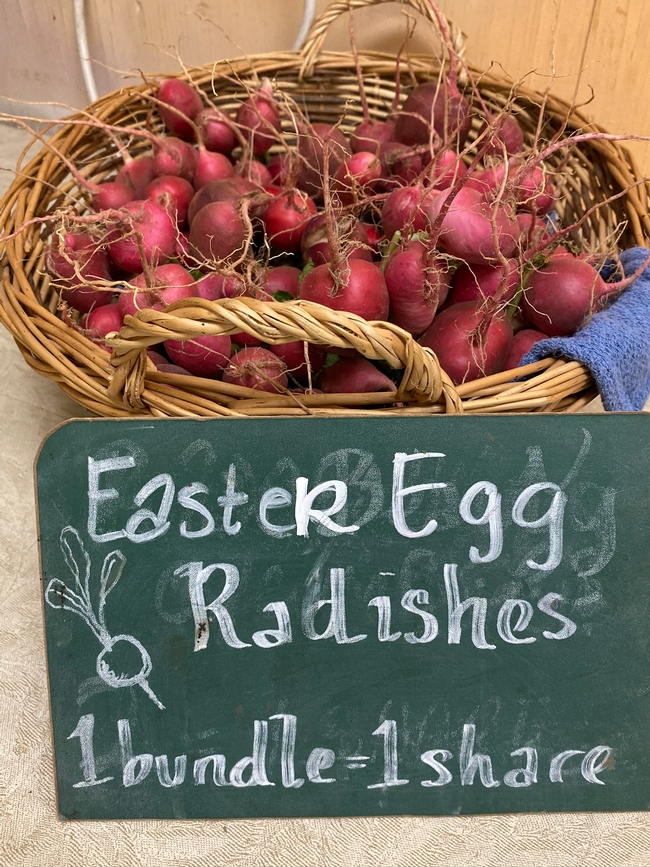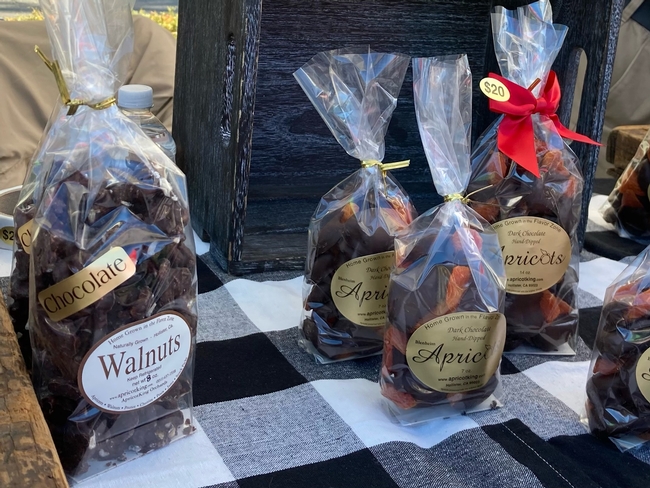Californians growing food in cities now have help understanding the food safety laws that apply to them. A free publication containing California-specific information on rules and regulations for urban farmers was recently published by the University of California Agriculture and Natural Resources.
Growing fresh fruits and vegetables in community gardens, backyards and rooftops helps provide more food for urban communities, creates jobs and teaches people about the value of healthy foods, according to Jennifer Sowerwine, lead author and UC Cooperative Extension specialist at UC Berkeley.
"There are a growing number of backyard and community producers who are scaling up to sell some of what they grow,” said Rachel Surls, UC Cooperative Extension sustainable food systems advisor based in Los Angeles County and co-author. “We hope this guide will help them navigate the regulations and learn best practices for keeping food safe for consumers."
“California Urban Agriculture Food Safety Guide” provides urban food producers with an overview of food safety laws and regulations that may impact their operations. To help minimize the risk of contamination of foods during their production and exchange, it also provides best practices, or Good Agricultural Practices (GAPs).
"People donating produce grown or gleaned from urban environments will learn what laws may apply to them, and practical steps they can follow to minimize the risk of foodborne illness from urban-produced foods,” Sowerwine said.
The 72-page guide covers fresh produce safety, urban soils safety, as well as food safety considerations for eggs, poultry and small livestock in the urban environment. The authors also point out which aspects of the Food Safety Modernization Act apply to urban farms, California laws that apply, record keeping requirements, information on working with gleaners, how to register as a community supported agriculture (CSA) organization, permitting requirements, and how to develop a food safety plan.
Urban farmers can do a food safety assessment of their own farms using a check list included in the publication.
The guide was produced by Sowerwine; Christina Oatfield, Sustainable Economies Law Center policy director; Rob Bennaton, UC Cooperative Extension urban agriculture advisor; Alda Pires, UC Cooperative Extension in the UC Davis School of Veterinary Medicine; Surls; Valerie Borel, UC Cooperative Extension program representative; and Andre Biscaro, UC Cooperative Extension agriculture and environmental issues advisor.
The publication “California Urban Agriculture Food Safety Guide: Laws and Standard Operating Procedures for Farming Safely in the City” is available for free download at https://anrcatalog.ucanr.edu/pdf/8660.pdf.


